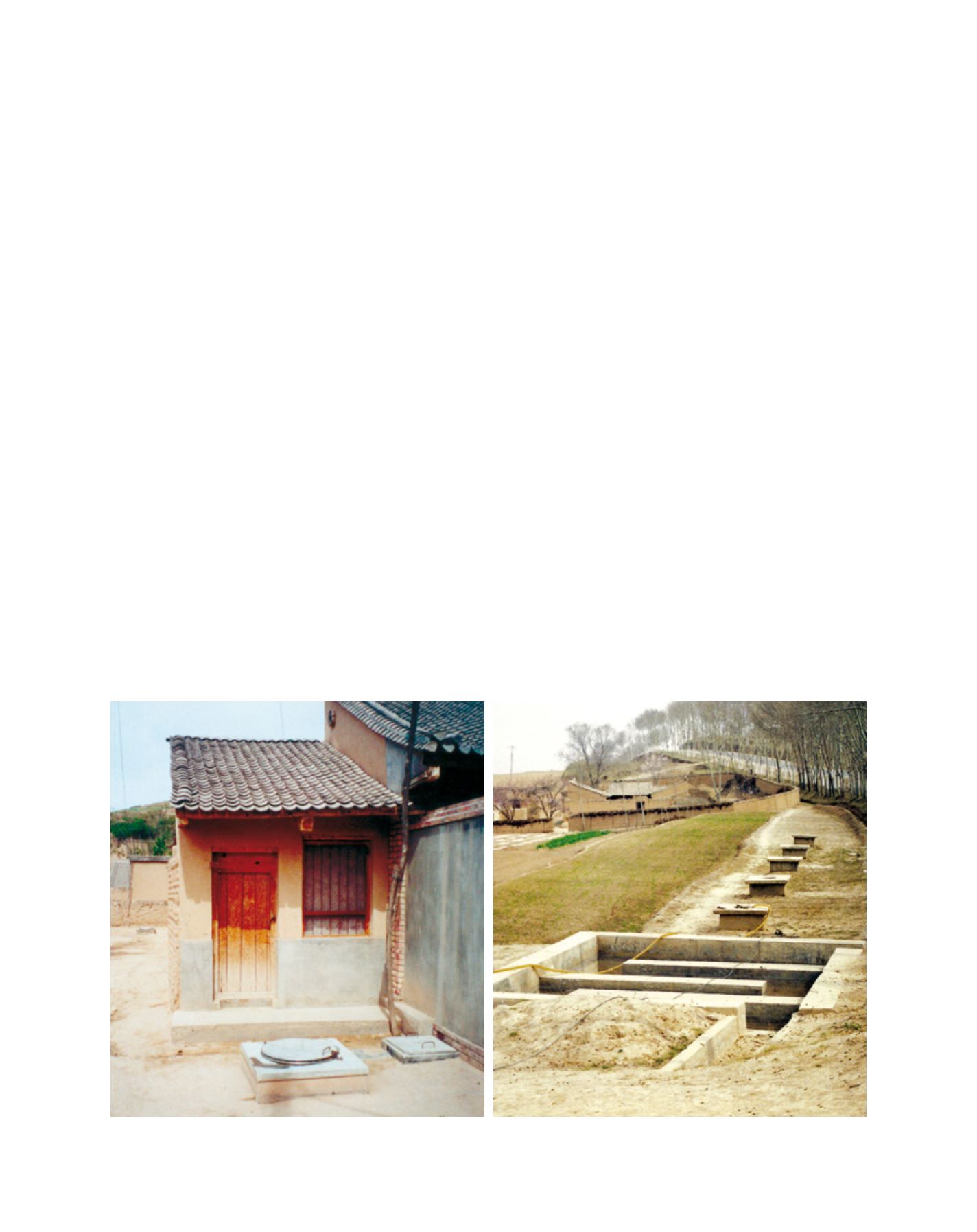

[
] 277
E
conomic
D
evelopment
and
W
ater
bio-mimicry, towards green infrastructure that organically inte-
grates anthropogenic and natural features). The fundamental idea
is a holistic rather than a fragmentary engagement with the task
of managing resources. There is, after all the analysis, just one
environment – not several. The urban and the natural are not as
distinct as traditional thinking has assumed.
The third and last pillar, cities with the social and institutional
capital for sustainability, resilience, and liveability, stands united
with the other pillars and in contradiction to superseded ways of
thinking; but it demands a more extended explanation. While cities
have long been condemned as alienating and alienated – prone to be
characterized as inhuman blemishes on the landscape rather than as
centres for human thriving – we can with at least equal justification
celebrate, nurture and harness the social capital that is concentrated
in the modern city. Cities are not simply the problem; the modern
city’s emergent social properties make it a source of solutions. We
encountered precursors of this idea above: according to the first
pillar, cities have infrastructure that can be turned to use as new
water catchments; and according to the second pillar, the urban-
rural divide is best treated as artificial anyway, to be transcended for
human purposes as much as for ‘natural’ ones. We saw how WSUD
can work as a set of ‘urban design solutions’ for the provision of
green infrastructure. Now we must extend the idea. Technology
based on biophysical-science research alone cannot deliver, and
our appreciation of the crucial role institutions play in sustainable
resource usage is just beginning. We argue that unless new technol-
ogies are socially and institutionally embedded, their development
will not yield complete solutions for urban water management. The
social and institutional dimensions must be included in the holistic
vision too, on an equal footing with technological initiatives.
Insight in this area is elusive. The socio-institutional dimen-
sions of WSUD, necessary for effective policy development and
technology diffusion, need more research. Our anal-
ysis of the historical and socio-technical drivers of
WSUD development across Melbourne (a city often
identified as a WSUD leader, both nationally and
internationally, especially for stormwater manage-
ment) revealed that the deployment of WSUD in
Melbourne has been the result of a complex inter-
play between key ‘champions’ (or change agents) and
important local variables. In particular, the cham-
pions represent a small and informally connected
group of individuals across government, academia
and the development industry. These are the players
who have pursued change from an ideology of best
practice management, consistently underpinned
by local developments in science and technology.
Beyond the existence of champions, analysis revealed
the involvement of instrumental variables – a
mixture of historical accident and intentional advo-
cacy outcomes such as the rise of environmentalism,
external funding avenues and the establishment of
a number of industry-focused cooperative research
centres. The implications are well worth pursuing;
but it is important now to highlight sustainability,
resilience, and liveability – the desiderata mentioned
in connection with the third pillar.
Sustainability in the service of water sensitive cities
demands a solid reserve of sociopolitical capital, and
an assurance that citizens’ decision-making and behav-
iour are themselves water sensitive. It is a matter of
education in the broadest sense: the community must
value an ecologically sustainable lifestyle, with a
heightened receptivity to necessary innovations, and
Harvesting rainwater (left) and harvesting road run-off in rural China (right) – simple ways for our cities and towns to serve as catchments
Image: Prof. Zhu Qiang and Prof. Li Yuanhong, Gansu Institute of Water Conservancy, China


















